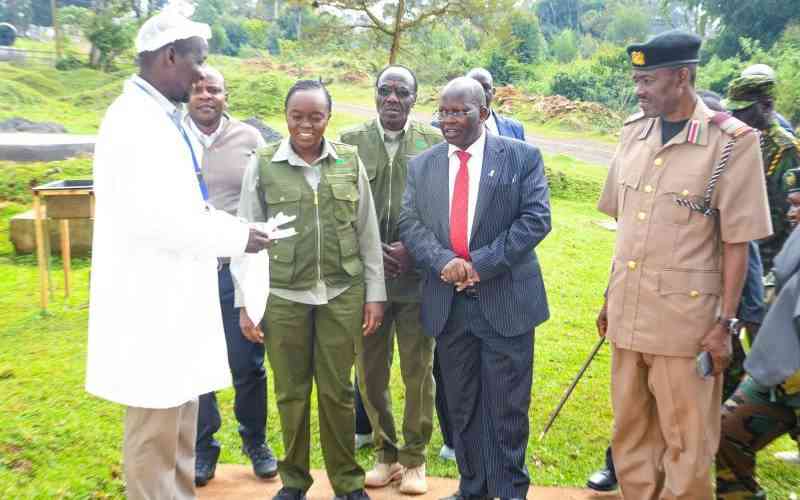If children could be given room to play in the rain, they always would, because it is fun. However, not all rain is friendly. Sometimes, when it rains, it pours, and they are dampened, in all aspects.
In 2019, in the wake of Cyclone Idai, the VOA reported, with figures confirmed by the Mozambican government, that “an estimated 900,000 children… were orphaned or separated from their families, made homeless or otherwise affected”. They accounted for “half of the 1.8 million people impacted overall”.
Yet, floods are not the only threats to children. A recent study by UCL Institute of Education’s Violence Against Children and Climate Change (VACC) has shown how intertwined climate change, environmental degradation and violence against children are.
In worst cases, children have been exposed to violence, exploitation, sexual abuse, or even trafficking. This is similar to what happens in a war situation. A 2025 UNICEF report dubbed “Children displaced in a changing climate” states how “3.9 million children can be displaced in any given year by riverine floods, drought, cyclonic winds and coastal flooding…” in Africa. Drought alone, it says, could force nearly 3 million children from their homes yearly in the best-case scenario, and 5.1 million in the worst”.
Follow The Standard
channel
on WhatsApp
And sometimes the threat comes from within, with children forced to parent their siblings while parents respond to effects of climate issues, especially by walking long distances in search of food or water. This alone breaks the safety nets for the fragile lot.
The multidisciplinary team of researchers have come up with a familiar sequence, showing how climate shocks lead to economic hardships, creating social crises and finally the violation of children’s rights. The already existing inequalities in Africa are enough, as marginalised communities, pastoralists and those living in informal settlements, already bear disproportionate burdens of the climate crisis. Even in such cases, the same children are affected.
Action must include international funders pumping in more money in child safety and its entrenchment into climate resilience frameworks. Secondly, our climate adaptation plans must adequately include child safety metrics, with clear incidences of child labour, abuse, trafficking, or school dropouts. We must train those who engage with our children, like teachers in schools and places of worship, or health personnel, to understand how climate change multiplies the risk of violence against children. We must map the hotspots for climate induced risks, including the silent ones, to prioritise adequately. The so-called early warning systems must also include the aforementioned invisible crises.
It is also important to build the capacity of adults, to equip them enough to detect threats against children in disaster situations and handle them well. Of course no one size fits all, but more ideas can be tested. The UCL team has influenced a new research agenda on “education in crisis settings” that integrates disaster risk preparedness, child protection, and resilience. If schools are rebuilt after floods or drought-driven displacement, why should the same materials that could not withstand harsh weather be used!
Besides, a UCL survey targeting more than 2,400 students aged between 11 and 14 established that children yearn for facts about climate change, necessary action and how they can be part of the solution. This is why children must be actively involved and given tools to become agents of change.
We must build resilience with the children, not for them. Even as we protect them, we must give them a voice, and roles. Already floodwaters wash away roads, fertile soil, and damage property. Climate change must not wash away our children’s dignity or dreams.
The writer is a Contributing Editor at Mongabay. [email protected]
Follow The Standard
channel
on WhatsApp
By Lynet Otieno
